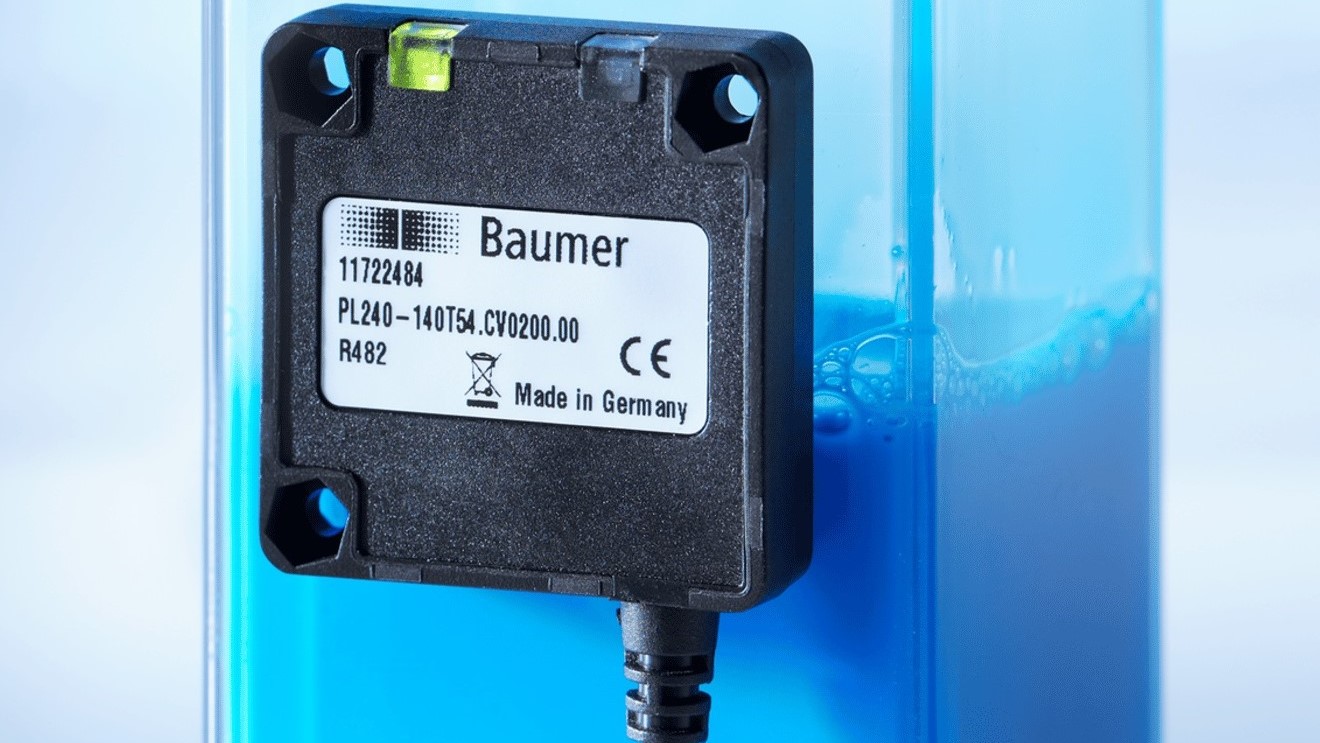Accurate, efficient and reliable detection of fill levels is a key requirement in many industrial flow and level sensing applications especially when coupled with the growing demands of customer requirements.
For example, the trend toward increased automation adds additional complexity in many processing and industrial applications, especially in food, beverage, semi-conductor production, pharmaceutical, printing and repro.
Non-contact capacitive sensors are usually the preferred option for these types of applications because they are capable of detecting fill levels, without direct media contact, even with the increasing variety and sensitivity of the liquids often involved in these types of processes.
Capacitive sensing technology offers important advantages especially on applications involving aggressive liquids, food or sensitive pharmaceutical fluids used in closed containers, or where direct contact with foreign particles must be avoided. However, in some applications microfilms or residues will adhere to the inside of the walls of tanks and vessels as the fill level drops. This is where ‘conventional’ capacitive sensors reach their limits of effectiveness because they are unable to reliably recognise or differentiate whether the level measurement is still the medium – or just the microfilms or residues.
Consequently the fluids handling system is in danger of running dry, resulting in unwanted disruption and unplanned downtime. Additionally conventional capacitive sensors being used in ‘sensitive’ applications can be extremely sensitive to even the slightest influence, for example just a touch of the tank or vessel may result in switching errors.
Sensor specialist BAUMER continues to develop and expand its range of innovative (and Award Winning) sensors and the challenges noted above will not have any effect on their latest offering, the new PL240 capacitive sensor. This compact yet robust sensor can be attached outside plastic or glass tanks (even with a wall thickness of up to 6mm). It can reliably detect point levels of water-based media, such as cleaning fluids, milk or laboratory liquids thanks to compensating adherence.
This compact point level sensor measures 40mm x 40mm and can be quickly attached directly onto tanks, vessels or tubes using adhesive tape, cable ties or screws and offers a very high performance allowing for air gaps of up to 1mm between the tank and the sensor. This means the sensor can be installed on a machine part when using swap containers, especially where direct contact is sometimes not possible, or is difficult to establish.
The PL240 sensor adds another user-friendly ‘smart’ fluid monitoring option to the ever-expanding range being developed by Baumer.



